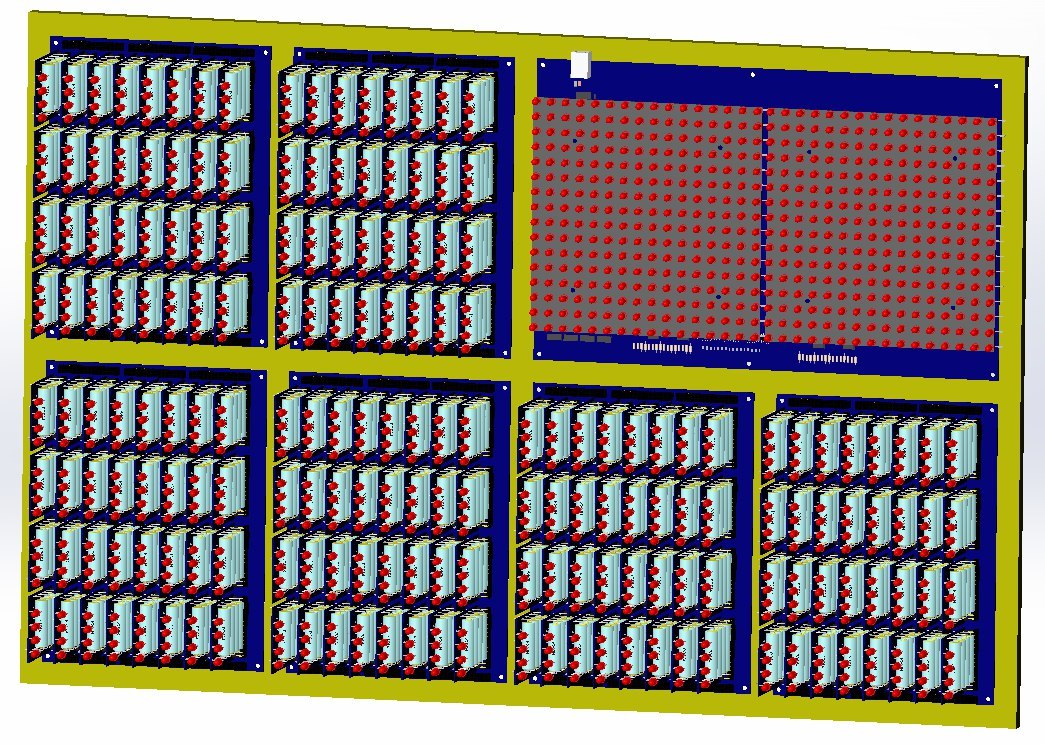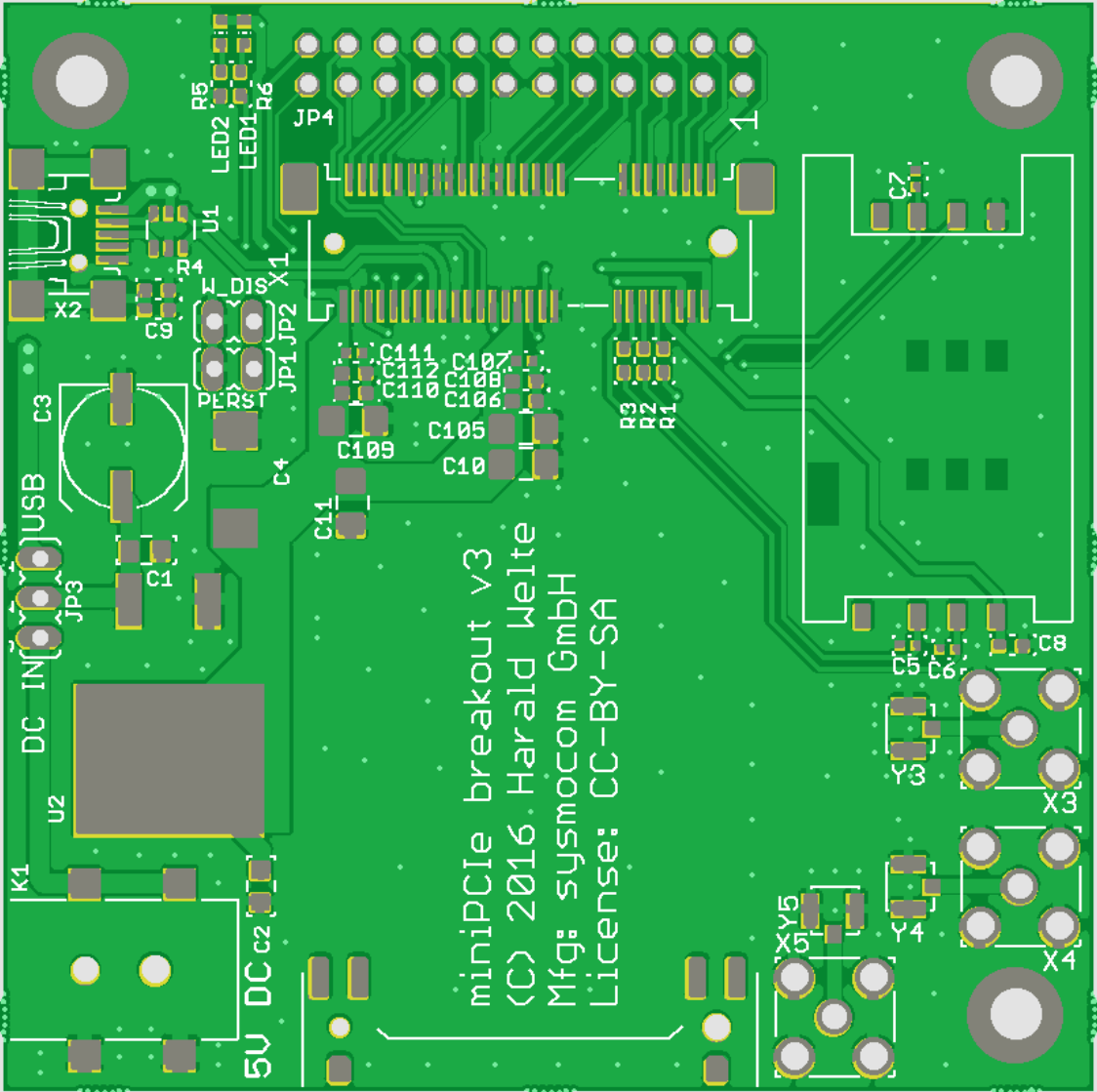Feed SparkFun Electronics [copy] http://www.sparkfun.com/feeds/news has loading error: cURL error 22: The requested URL returned error: 405
Feed The RFID Weblog [copy] http://www.rfid-weblog.com/index.rss has loading error: cURL error 22: The requested URL returned error: 404 Not Found
Feed tqfp.org [copy] http://tqfp.org/rss/ has loading error: A feed could not be found at `http://tqfp.org/rss/`; the status code is `200` and content-type is `text/html; charset=utf-8`
Things you find when using SCTP on Linux
Observations on SCTP and Linux
When I was still doing Linux kernel work with netfilter/iptables in the early 2000's, I was somebody who actually regularly had a look at the new RFCs that came out. So I saw the SCTP RFCs, SIGTRAN RFCs, SIP and RTP, etc. all released during those years. I was quite happy to see that for new protocols like SCTP and later DCCP, Linux quickly received a mainline implementation.
Now most people won't have used SCTP so far, but it is a protocol used as transport layer in a lot of telecom protocols for more than a decade now. Virtually all...
SIGTRAN/SS7 stack in libosmo-sigtran merged to master
As I blogged in my blog post in Fabruary, I was working towards a more fully-featured SIGTRAN stack in the Osmocom (C-language) universe.
The trigger for this is the support of 3GPP compliant AoIP (with a BSSAP/SCCP/M3UA/SCTP protocol stacking), but it is of much more general nature.
The code has finally matured in my development branch(es) and is now ready for mainline inclusion. It's a series of about 77 (!) patches, some of which already are the squashed results of many more incremental development steps.
The result is as follows:
General SS7 core functions maintaining links, linksets and routes
xUA functionality for the various User Adaptations (currently SUA and M3UA...
Мои маленькие реле: Brainfuck компьютер это магия

Введение
Давным давно, когда вокруг все было большим, а я маленьким, читал я книгу Войцеховского «Радиоэлектронные игрушки», горя желанием воплотить в жизнь те или иные описанные в ней устройства. Так, в уже тоже далеком 2008-м году, из нескольких десятков электромагнитных реле было собрано 4-разрядное АЛУ (РЦВМ1 — Релейная Цифровая Вычислительная Машина — версия 1) способное складывать и вычитать. И задумал я тогда — а что если собрать существенно большее количество реле и построить полноценный релейный компьютер? На неспешную сборку реле то здесь то там до требуемого количества ушло всего 8 лет, и я начал творить.
Разрешите представить Вам свой проект по...
О технических аспектах внешней и внутренней мотивации
Аннотация: В статье рассматривается личность учащегося в свете теории автоматического управления, где внешняя и внутренняя мотивация являются управляющим и возмущающим воздействием. Рассматриваются технические аспекты мотивации, предлагаются возможные методы повышения мотивации учащихся.
Одной из проблем текущего образования является низкий уровень мотивации учащегося. Не секрет, что большая часть выпускников престижных (и не только) вузов идет работать не по полученной специальности. Основная причина, по мнению авторов, кроется в том, что за время обучения учащийся не был достаточно заинтересован в предмете обучения. В результате уровень его внутренней мотивации, после выхода из стен учебного заведения недостаточен для того, чтобы устроиться на работу, где могли бы быть...
OsmoCon 2017 Updates: Travel Grants and Schedule

April 21st is approaching fast, so here some updates. I'm particularly happy that we now have travel grants available. So if the travel expenses were preventing you from attending so far: This excuse is no longer valid!
Get your ticket now, before it is too late. There's a limited number of seats available.
OsmoCon 2017 ScheduleThe list of talks for OsmoCon 2017 has been available for quite some weeks, but today we finally published the first actual schedule.
As you can see, the day is fully packed with talks about Osmocom cellular infrastructure projects. We had to cut some talk slots short (30min instead of 45min), but I'm confident...
Upcoming v3 of Open Hardware miniPCIe WWAN modem USB breakout board

Back in October 2016 I designed a small open hardware breakout board for WWAN modems in mPCIe form-factor. I was thinking some other people might be interested in this, and indeed, the first manufacturing batch is already sold out by now.
Instead of ordering more of the old (v2) design, I decided to do some improvements in the next version:
add mounting holes so the PCB can be mounted via M3 screws
add U.FL and SMA sockets, so the modems are connected via a short U.FL to U.FL cable, and external antennas or other RF components can be attached via SMA. This provides strain relief for the...
Osmocom - personal thoughts
As I just wrote in my post about TelcoSecDay, I sometimes worry about the choices I made with Osmocom, particularly when I see all the great stuff people doing in fields that I previously was working in, such as applied IT security as well as Linux Kernel development.
HistoryWhen people like Dieter, Holger and I started to play with what later became OpenBSC, it was just for fun. A challenge to master. A closed world to break open and which to attack with the tools, the mindset and the values that we brought with us.
Later, Holger and I started to do freelance development for commercial users...
Returning from TelcoSecDay 2017 / General Musings
I'm just on my way back from the Telecom Security Day 2017 <https://www.troopers.de/troopers17/telco-sec-day/>, which is an invitation-only event about telecom security issues hosted by ERNW back-to-back with their Troopers 2017 <https://www.troopers.de/troopers17/> conference.
I've been presenting at TelcoSecDay in previous years and hence was again invited to join (as attendee). The event has really gained quite some traction. Where early on you could find lots of IT security / hacker crowds, the number of participants from the operator (and to smaller extent also equipment maker) industry has been growing.
The quality of talks was great, and I enjoyed meeting various familiar faces. It's just a pity that it's only...
Magical Black Bean - Infrared control over WiFi/3G/4G
Few weeks ago I've received the Broadlink RM mini 3 Black Bean Smart Home Wifi Universal IR and I've took some time to test it before I can give more details.
Is absolutely fantastic !
As features:
-I was able to record any remote I had around
-I was able to connect to it from WiFi or 4G from my mobile
-I was able to make scenes for multiple remotes.
The scenes part is very handy since allows me to control multiple devices with one touch. For example:
-start TV
-wait 1 sec
-start Set-box
-wait 1 sec
-put TV on HDMI 3 input
-change SetBox to channel 5.
-start amplifier
All of that...
VMware becomes gold member of Linux Foundation: And what about the GPL?
As we can read in recent news, VMware has become a gold member of the Linux foundation. That causes - to say the least - very mixed feelings to me.
One thing to keep in mind: The Linux Foundation is an industry association, it exists to act in the joint interest of it's paying members. It is not a charity, and it does not act for the public good. I know and respect that, while some people sometimes appear to be confused about its function.
However, allowing an entity like VMware to join, despite their many years long disrespect for the most basic principles of the...
